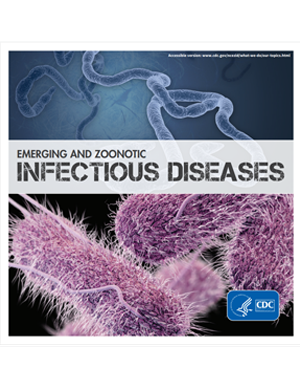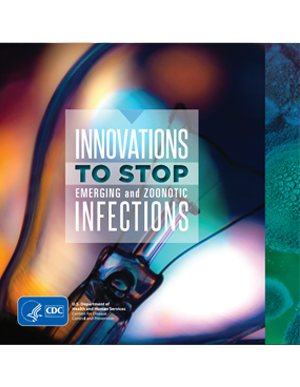NCEZID: Foodborne Disease (Food Poisoning)

CDC estimates that each year roughly 48 million people (1 in 6) gets sick from a foodborne illness, 128,000 are hospitalized, and 3,000 die. Many different disease-causing germs (such as bacteria, viruses, and parasites), chemicals, and other agents can contaminate foods, so there are many different foodborne infections.
Germs that cause the most foodborne illness
According to CDC estimates, the most common foodborne illnesses are caused by norovirus, Salmonella, Clostridium perfringens, Campylobacter, and Staphylococcus aureus.
Foods are commonly linked to illness
- Raw foods of animal origin are the most likely to be contaminated, specifically raw or undercooked meat and poultry, raw or lightly cooked eggs, unpasteurized (raw) milk, and raw shellfish.
- Fruits and vegetables can also be contaminated.
- While certain foods are more likely to make you sick, any food can get contaminated in the field, during processing, or during other stages in the food production chain, such as through cross-contamination with raw meat in kitchens, or from a foodhandler’s hands.
What we’re doing
CDC provides the vital link between illness in people and the food safety systems of government agencies and food producers. We take action by:
- Collaborating at the federal level with the S. Food and Drug Administration and the U.S. Department of Agriculture’s Food Safety and Inspection Service. We collaborate with state and local health departments, as well as the food industry.
- Managing the DNA fingerprinting network for foodborne illness-causing bacteria in all states to detect outbreaks.
- Tracking the occurrence of foodborne illnesses.
- Facilitating and leading outbreak investigations.
- Using whole genome sequencing to connect illnesses by showing which bacteria making people sick are most alike genetically.
- Analyzing epidemiological data to connect illnesses to specific foods and settings.
- Targeting prevention measures to reduce illness and death
- Providing data and analyses to inform food safety action and policy.
Find more information on accomplishments and innovations in Foodborne Infections in these publications.


